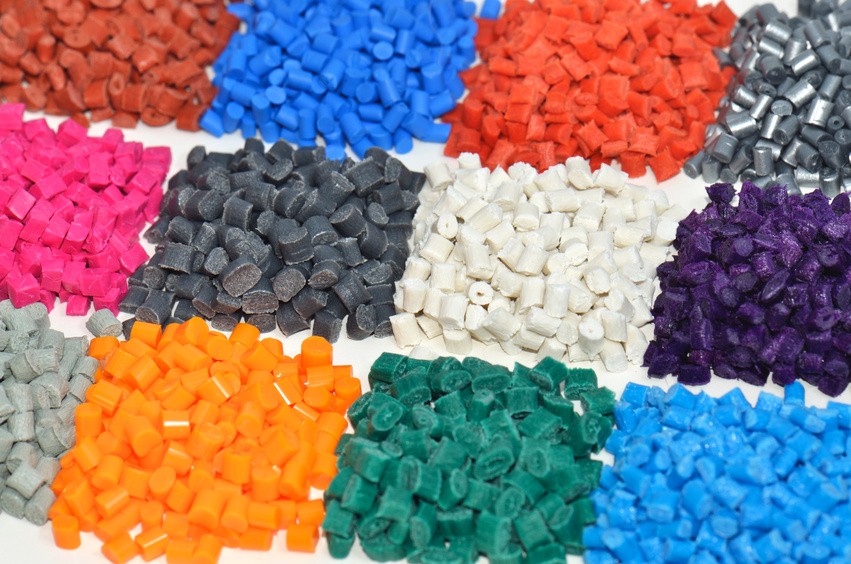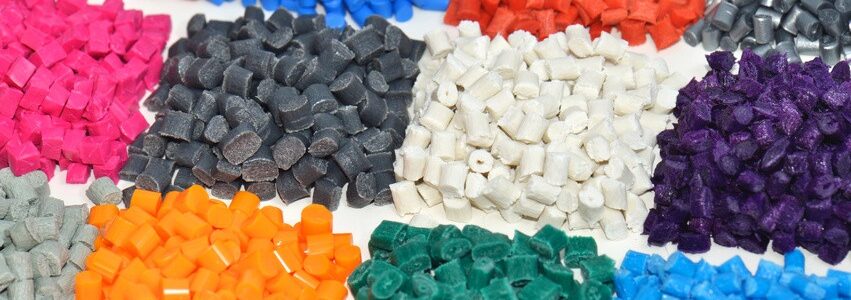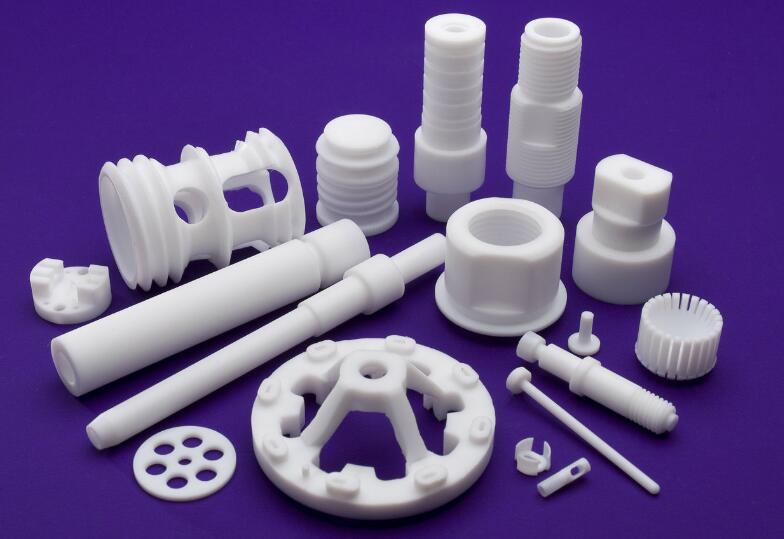In a majority of instances, the polymer formed in the reaction is modified to fabricate a particular product, or to suit the needs of a customer who will use the product for a very specific application. As mentioned earlier, compounding is often a multi-step operation that can occur partially or wholly once the resin has reached a particular stage of the polymerization. Compounding may occur at the production facility, or it may occur as a completely separate operation at a different facility. Polymer compound modification may also be a staged process started during the manufacture of the polymer and completed as the polymer is used in a resin processing operation.
Polymer compounds can be modified in many ways and the methods and equipment available for this purpose are quite varied. Some common ways to modify polymers involve adding fillers to increase strength and lower costs, adding plasticizers to facilitate use of the intermediate product in processing operations such as molding or casting, adding pigments for color, adding fire retardants to achieve ignition resistance, and adding stabilizers to prevent degradation due to exposure to chemicals, light or moisture.
A typical compounding operation starts by mixing proportions of polymer and additives in mixing vessels, blenders, or hoppers.In the mixing vessels, the polymer, in dry, paste or liquid form, is pre-blended with additives until the polymer and additives obtain a homogeneous mix. In some instances, blending occurs in several stages. The particular blending technique(s) used (as reflected by the equipment involved) may depend upon the polymer being modified and formulation additives being used. After the initial blending, some mixtures are then filtered. Resin mixtures then undergo fusion as a result of the application of heat and/or shearing action, during which other additives may be incorporated into the polymer’s matrix. With thermoset resins heat and shearing action must be carefully controlled to prevent premature curing. After the mixtures’ ingredients are incorporated and homogeneously dispersed, the mix is then shaped depending upon how it will be used in processing operations. Typically this involves discharging the polymer to pelletizers, industrial dryer manufacturer, or processing equipment. The final shape generally takes the form of sheets, granules, pellets, or powder, depending upon the application.
Thermoset compounds, in an uncured state,are frequently used to form paints, sealants and coatings, adhesives, or molding powders. Thermoplastic resins are often extruded as sheets, rods, or pellets. Pellets are typically remelted as feedstock for injection, thermoforming, or blow mold processes.




